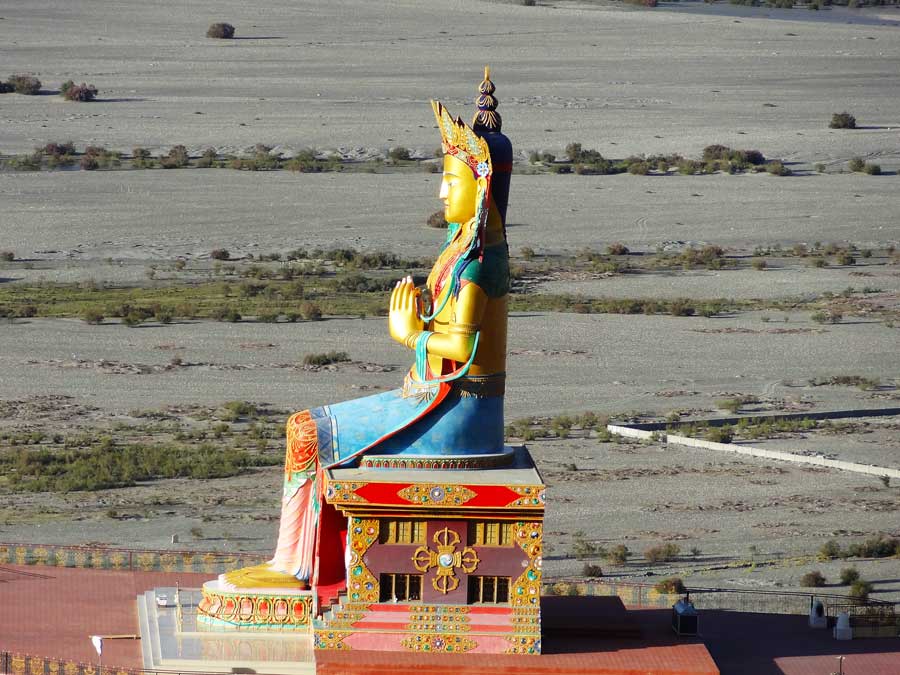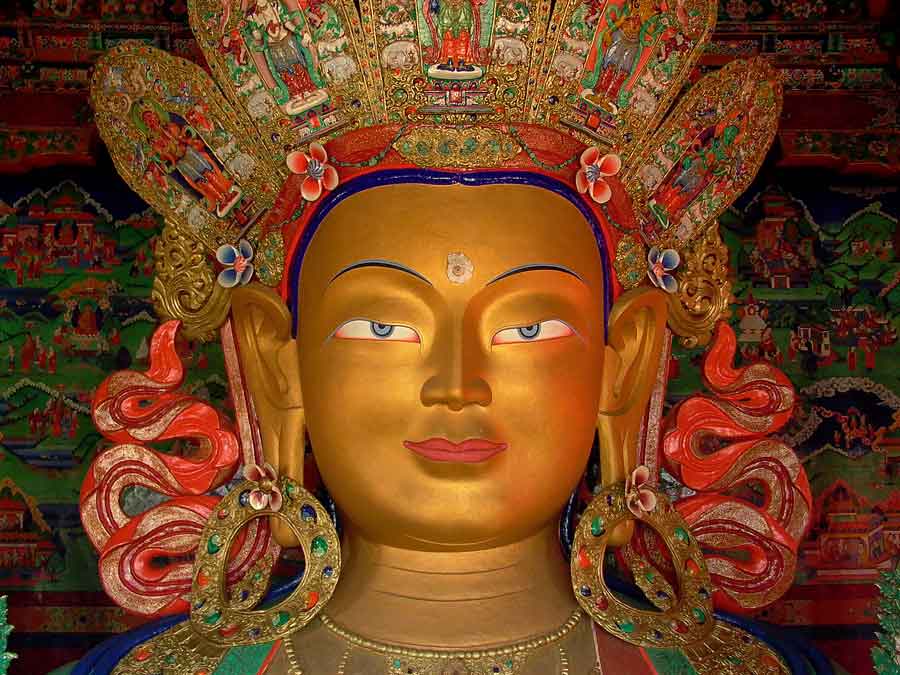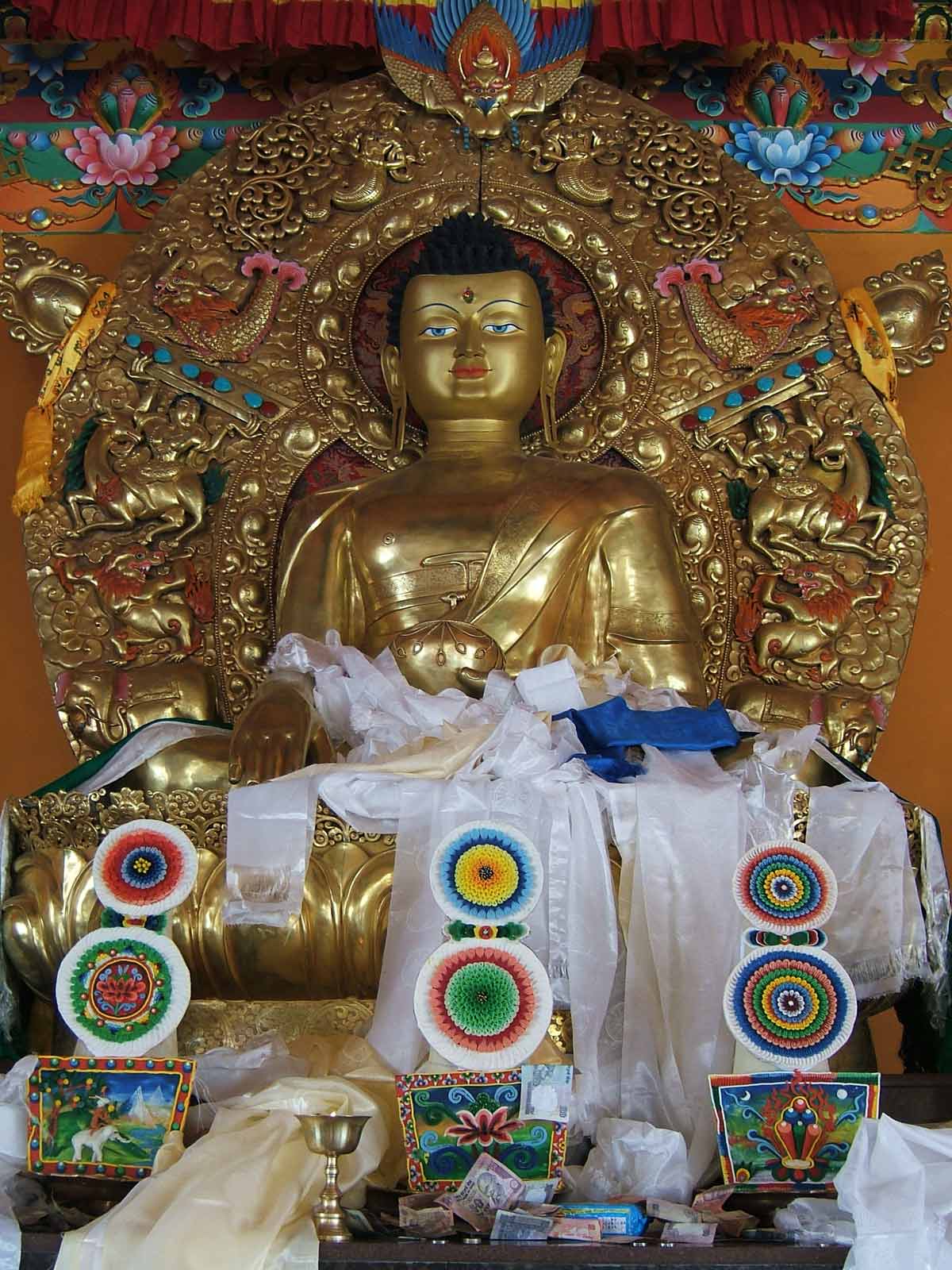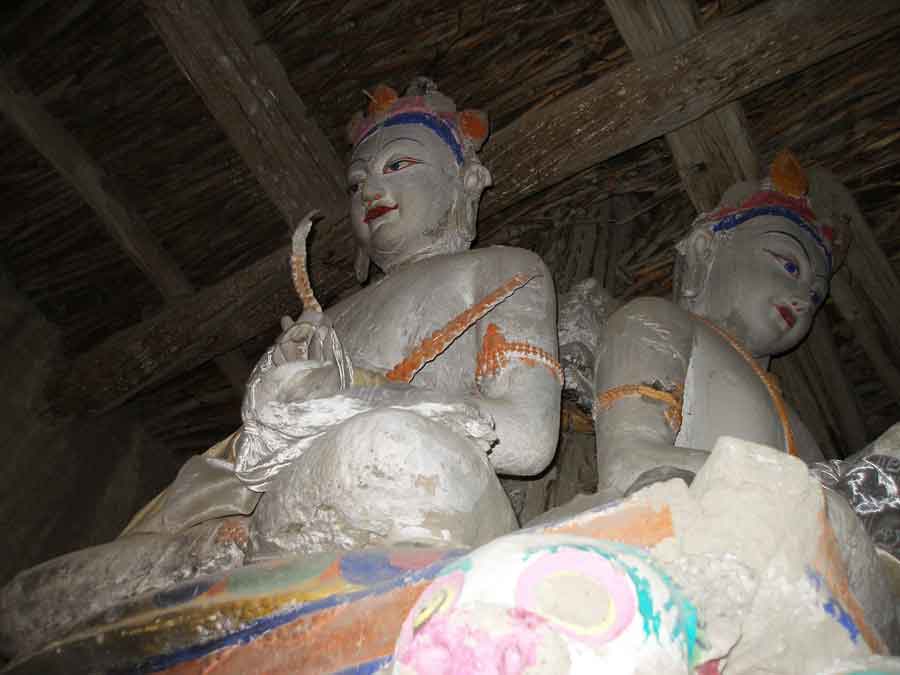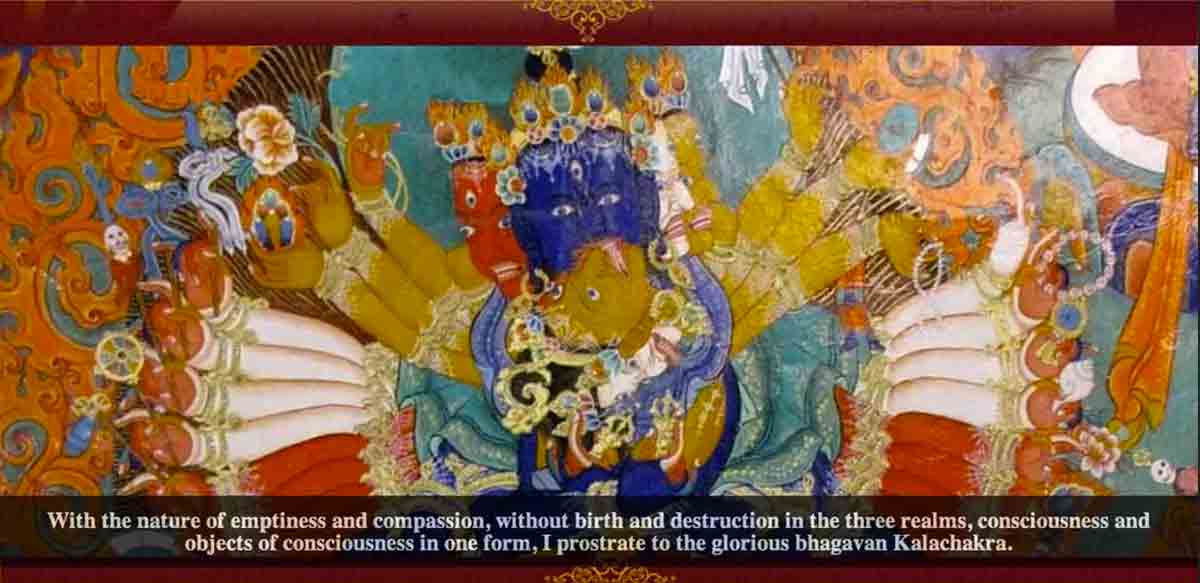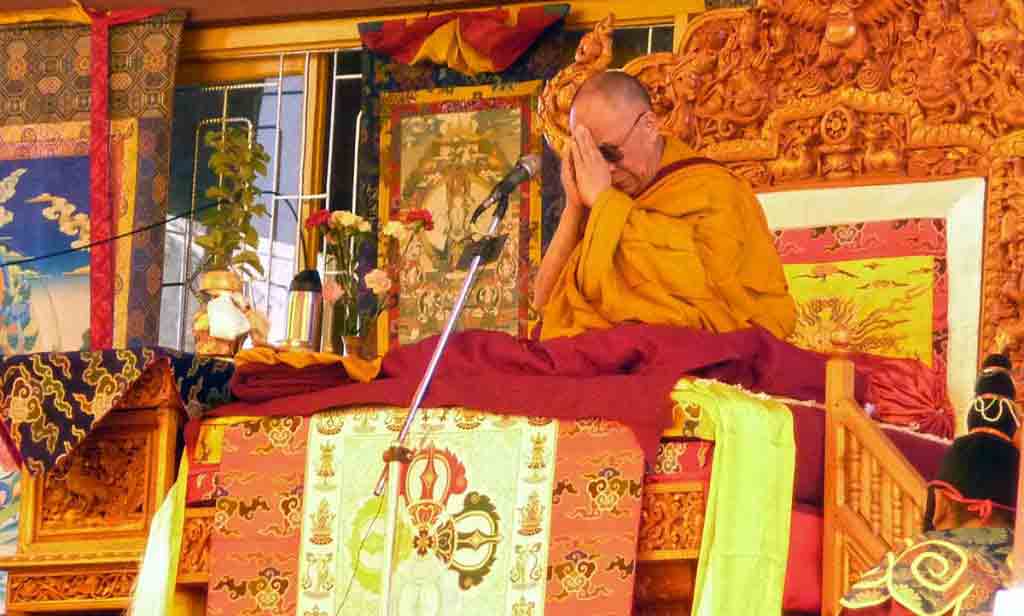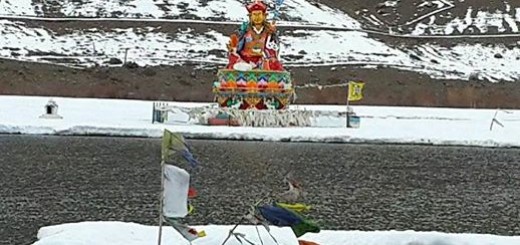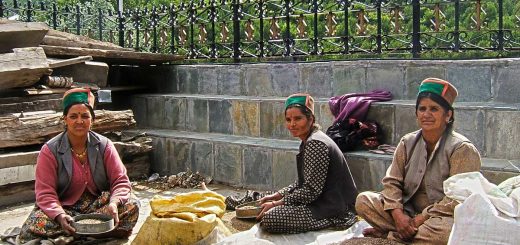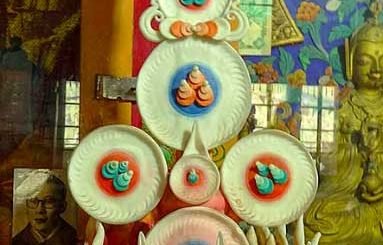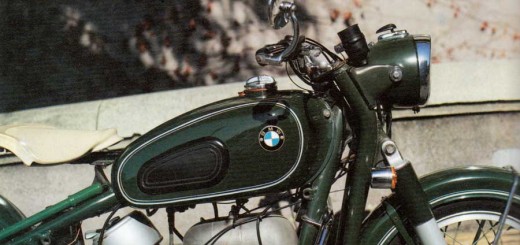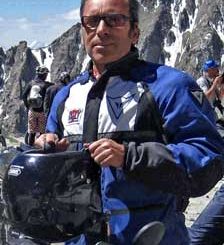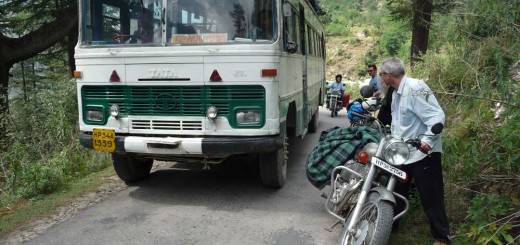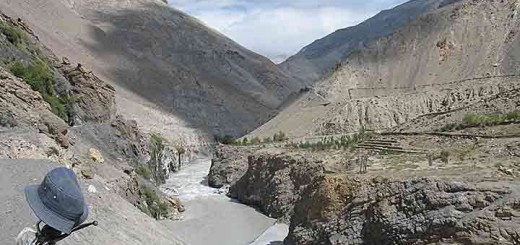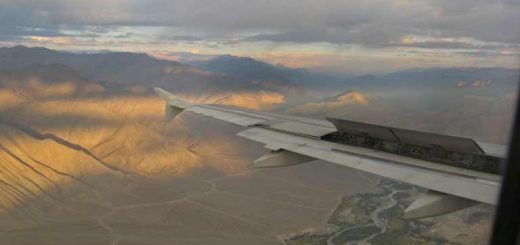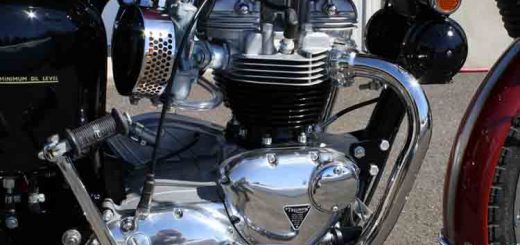The Inner Life
For millennia in Ladakh the many Buddhist Gompas that sprang up in this extarodinary landscape have nurtured and instructed the inner life for all who enter there.
Just to step into the prayer hall of a Gompa is an experience that is immediately palpable. The outside is bright, often harshly sunlit and in the clear mountain air all is crisp and well defined. Stepping inside it is dark, often black, until the eyes adjust to the dim light. Although at first dim and indistinct in here there is a calmness, made of the many years of unchanging rhythm.
After leaving their shoes outside the prayer hall door, a person on a quick tour might immediately shuffle around looking at the amazing wall murals and Thankas; while a local will first put their attention on the altar where a Golden statue will be their main focus. Bowing three times in deep reverence, they might then approach the altar to leave an offering and touch their forehead at the feet of the Buddha.
Every morning and evening monks do particular pujas, and also chant hundreds of thousands of particular mantras.
The Dorje (in sanskrit called Vajra) is a stylized thunder bolt. The Dorje and Bell are symbols of Bliss and Wisdom. The puja includes the use of cymbal clashes, the drum and bell.


There are many different sects and kinds of Tibetan Buddhist Gompas.
( Nyingma, Kagyu, Jonang, Sakya, Gelug, Rimé ).
Lamayuru Gompa is affiliated with Drikung Kagyu sect of Tibetan Buddhism. Originally the foremost Bon monastery in Ladakh later it was the Indian scholar Naropa (956-1041 AD) who is said to have meditated in a cave there for 11 years. It is the oldest surviving monastery in the region. On the walls there is a sign stating that in the past all are welcome to take refuge there, even outlaws.
On one wall of the prayer hall there is a cupboard door which opens to reveal ‘Naropa’s cave’. I was told that Naropa meditated in retreat here for 11 years. As a meditator my heart sank when I looked into the tiny space inside, without any possibility to stand upright! I am in awe of the commitment that Niropa took on his ‘path of no path.’
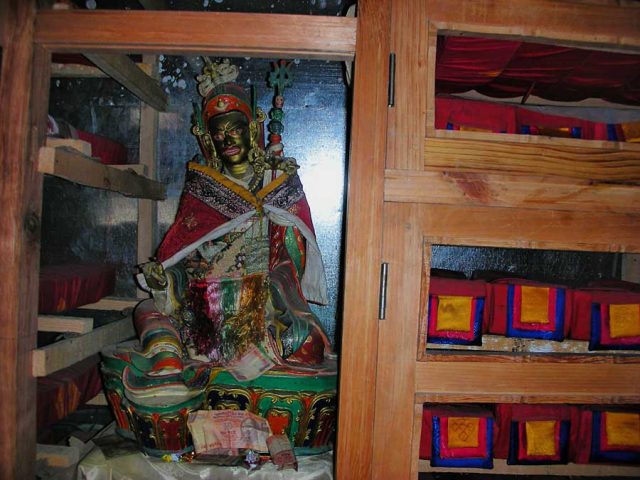
While spartan this retreat space is relatively palatial! Monks retreat in solitude. They are provided with food and water.

Spiti Valley
Divided into upper, middle and lower Spiti valley the areas are quite different and even the climate can be profoundly different although the valley is only 80Km long!




Ki Gompa in Spiti valley is now Gelug. Located on top of a hill at an altitude of 4,166 metres (13,668 ft). The famous builder-monk Rinchen Zangpo (958-1055 CE) was charged by the king of Ladakh to build 108 gompas, and certainly many gompas in Ladakh and Spiti Valley and the surrounding regions, date from his time.
The are stupas in each of the three levels that remain as a result of the building over the many hundreds of years, each one said to be connected to the same lama who reincarnated, returning three times.

The road winds up from the Spiti river to Ki Gompa perched high on the valley side.
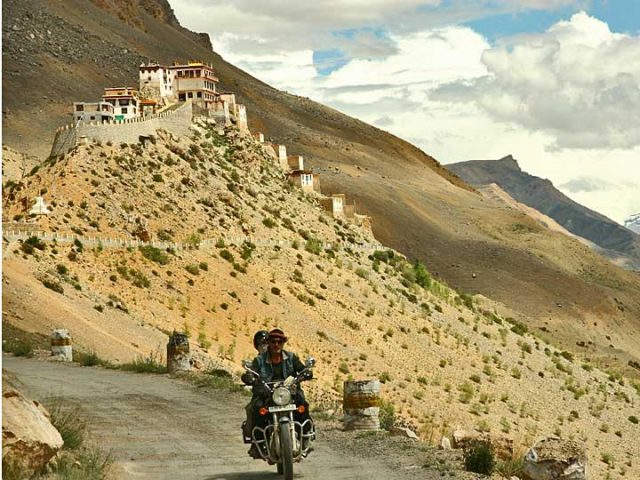
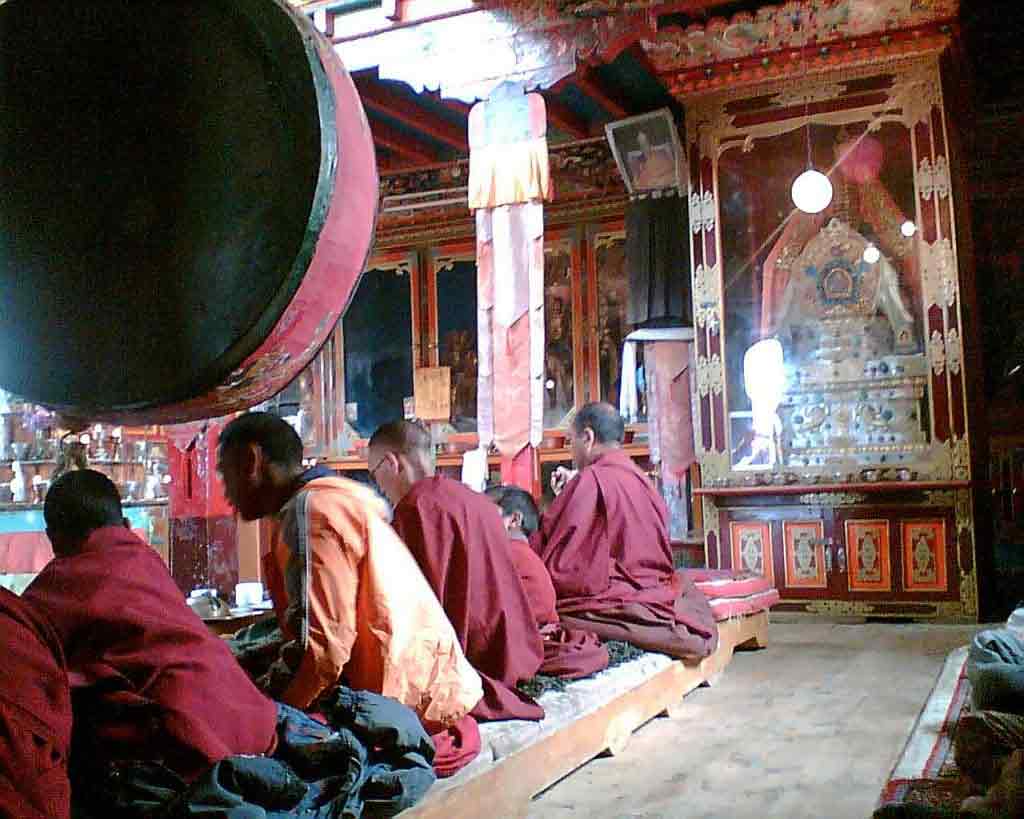
This is the main prayer hall where the monks chant prayers every day and we are welcome to sit and quietly enjoy a cup of Tibetan Butter tea as they complete the chants accompanied by the bell. gong and drums.
Spiti is wild and deeply moving. Here Tibetan Buddhism is reflected in the lifestyle of the local population. The feeling that life is impermanent, while at the same time, connected, is evident in the landscape, the Gompas and the people!
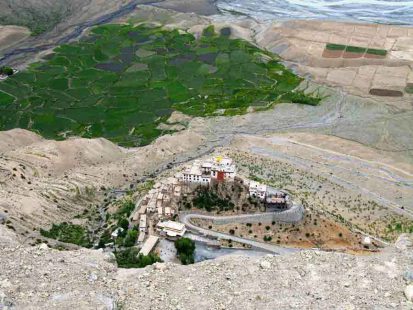

We ride even higher above Ki Gompa and just hang out in the crisp mountain air. We are above 4300 meters!

There is a mountain road that brings you directly above Ki Gompa via the Kibber Wildlife sanctuary.


Spiti is so refreshing with the locals often calling out Julay Lulay to us. It has multiple meanings and is a wonderful happy greeting.


You can’t walk or ride far in comfort without taking care of the basics!


